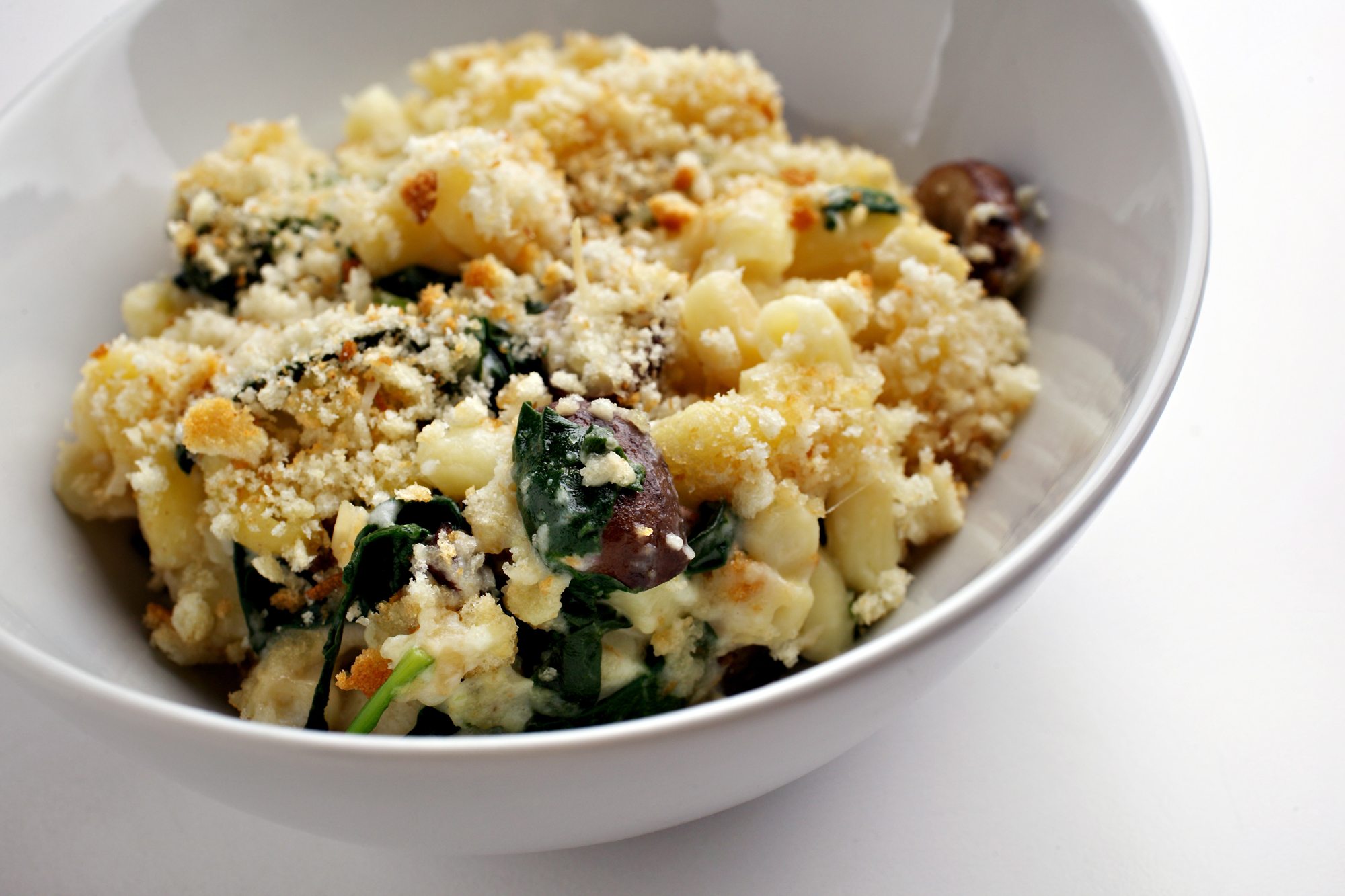Start a pot of pasta water on the stove, and it boils down to this: You can make macaroni and cheese 365 days a year and never do it the same way twice.
With a nearly infinite array of potential components, this most American of comfort foods also can be Mexican, Indian, Italian, Greek, French or any cuisine in which cheese is a given. Even a modestly stocked pantry allows you to grab and get going. Flour and butter become a roux, the roux becomes a béchamel, the béchamel becomes a cheese sauce, and dinner is not far away.
There’s really no reason not to make it yourself, although these days you can also get your mac-and-cheese fix in a slew of restaurants, even at the high end; and a growing list of areas are home to a recent phenomenon, the mac-and-cheese restaurant.
Robert Dunn, a Connecticut entrepreneur, opened Macdaddy’s Macaroni and Cheese Bar in affluent Monroe, Conn., 70 miles outside Manhattan, last July and says sales have been “just unbelievable. … I go through a thousand pounds of macaroni a week.” He just sold a franchise for 10 locations in Texas, plans three more in Connecticut, says he is “close to making a deal” for five stores in California.



